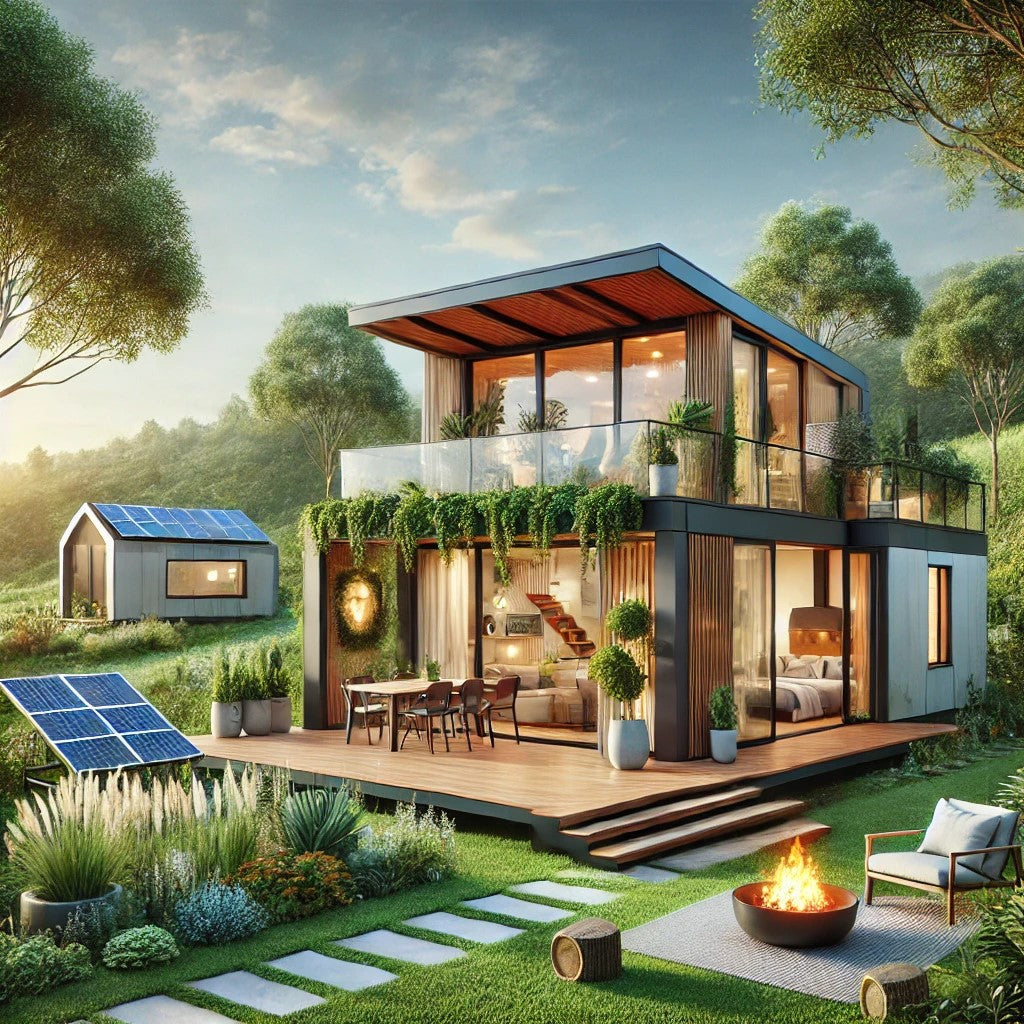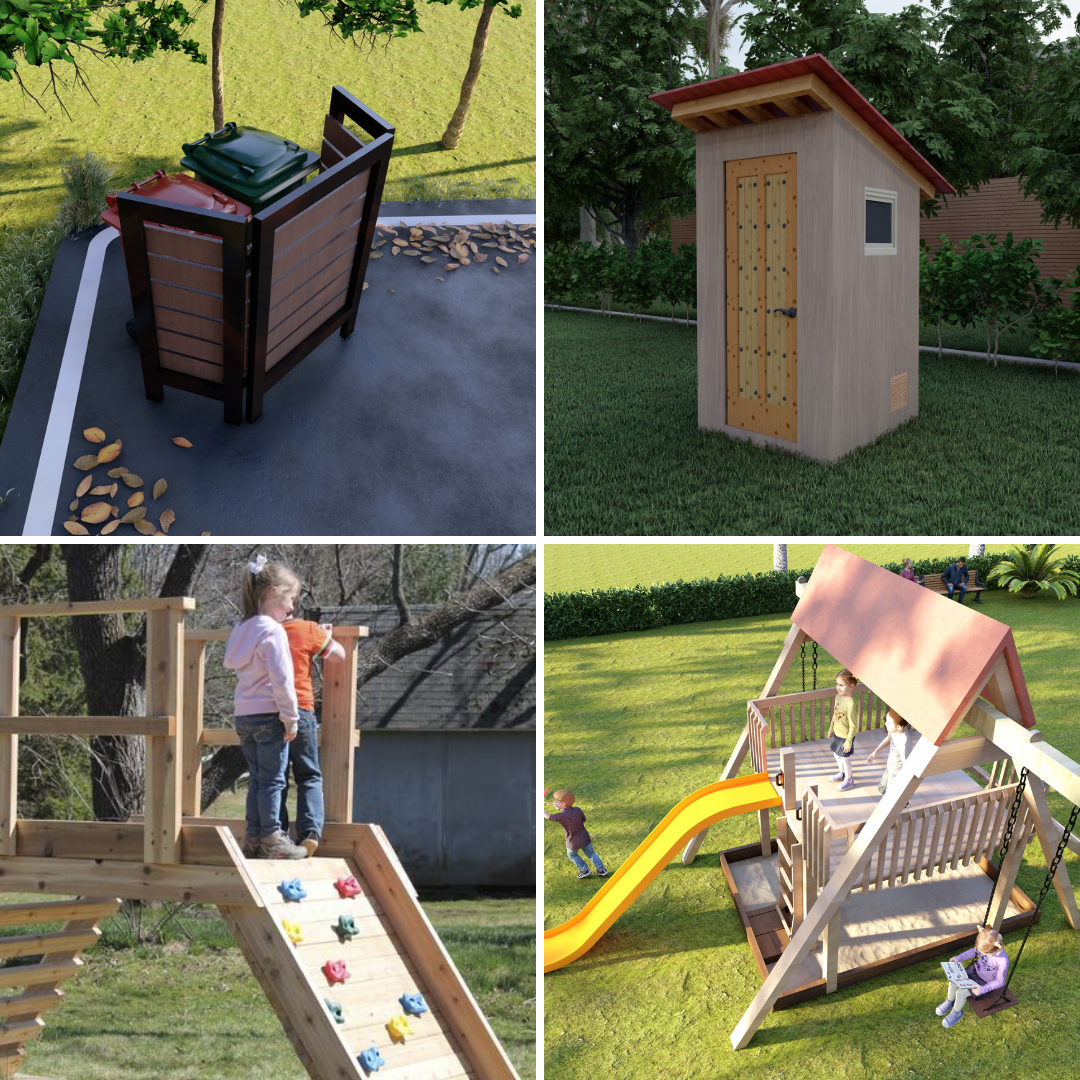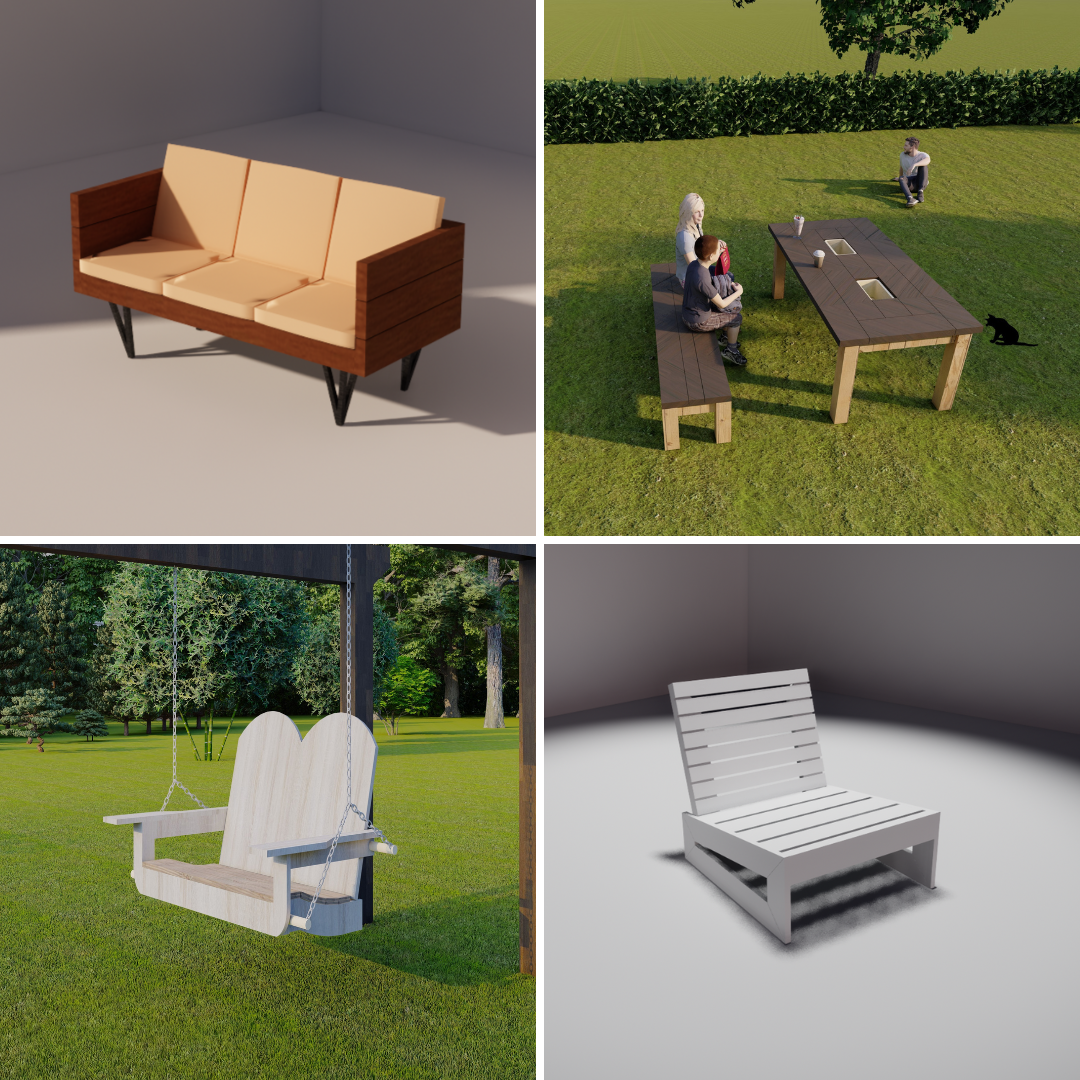
Tiny Home Design Trends for 2025
Share
Introduction
As we step into 2025, the tiny home movement continues to captivate homeowners, adventurers, and eco-conscious individuals alike. With its emphasis on efficiency, sustainability, and creativity, tiny living represents a lifestyle shift toward intentionality and freedom. For those seeking inspiration or planning to take the leap into tiny home living, Tiny Home & Cabin Plans offers invaluable resources and design ideas to bring your vision to life.
When exploring the wide array of possibilities, it's clear that tiny homes are becoming increasingly innovative. For a closer look at some of the most impressive examples, Small Wonders: 9 Amazing Tiny Home Designs That Live Large showcases designs that maximize space without compromising comfort. These trends reveal that tiny homes are about more than just downsizing—they’re about redefining how we live.
In this article, we’ll explore three key trends shaping tiny home design in 2025. From modular customization to eco-friendly innovations, these trends highlight how tiny homes are evolving to meet the needs of modern lifestyles.
1. Modular and Adaptable Designs
In 2025, flexibility reigns supreme in tiny home design. Modular and adaptable layouts have become a significant trend as homeowners seek personalized solutions for their unique needs. Gone are the days when tiny homes were one-size-fits-all; today, customization is king.
The Rise of Multi-Functional Spaces
One of the most popular features in modern tiny homes is multi-functional spaces. Imagine a bed that folds up into a sofa, or a dining table that doubles as a work desk. Modular designs enable owners to reconfigure their homes depending on their daily activities, making every square foot count. For example, a kitchen island might slide away to create more living space, or hidden storage compartments could transform into seating.
These innovative designs have made tiny homes more practical and livable, especially for individuals and families with varying daily routines. Multi-functional spaces allow homeowners to adapt their environments, ensuring maximum usability without sacrificing comfort.
Prefab Meets Personalization
Prefabricated tiny homes have gained momentum for their efficiency, affordability, and ease of setup. However, today’s buyers demand more than cookie-cutter models. Builders are now offering modular prefab homes with customizable options for layouts, finishes, and features. This combination of prefab convenience and bespoke design ensures that homeowners get a space tailored to their preferences while still saving on construction costs.
Moreover, the modular approach allows for scalability. Homeowners can start small and expand their homes as needed, adding new sections or upgrading existing features over time. This adaptability aligns perfectly with the ever-changing needs of modern living.
Flexible Extensions
Another innovative trend is the integration of flexible extensions. These add-ons, such as pop-out rooms or expandable patios, allow tiny homeowners to temporarily or permanently increase their living space. This is particularly appealing to families or individuals who want the option to grow their home without committing to a larger footprint year-round.
Flexible extensions are not only functional but also aesthetically pleasing. They blend seamlessly with the main structure, maintaining the home’s design integrity while providing added convenience.
2. Eco-Friendly Innovations
Sustainability has always been a cornerstone of the tiny home movement, but 2025 is taking eco-friendly design to new heights. Advances in technology and materials have paved the way for homes that are not only environmentally conscious but also exceptionally energy-efficient.
Off-Grid Capabilities
More tiny homeowners are opting for off-grid living solutions. Solar panels, wind turbines, and rainwater collection systems have become standard features, allowing homes to operate independently of traditional utilities. Composting toilets and graywater recycling systems further reduce environmental impact, making these homes self-sufficient and sustainable.
Off-grid capabilities also appeal to those seeking freedom from rising utility costs or desiring a home that aligns with their eco-conscious values. These solutions ensure that tiny homeowners can live comfortably while treading lightly on the planet.
Recycled and Upcycled Materials
In 2025, building materials tell a story. Designers are increasingly turning to recycled and upcycled materials to construct tiny homes. Reclaimed wood, salvaged metal, and even shipping containers are being repurposed into stunning, one-of-a-kind structures. These materials not only reduce waste but also add character and history to the homes.
Upcycled interiors, such as furniture crafted from old barn wood or fixtures made from vintage materials, add a unique charm. These design choices resonate with individuals who value sustainability and appreciate the artistic appeal of repurposed elements.
Energy Efficiency Meets Smart Tech
Eco-friendly design is now seamlessly integrated with smart technology. Energy-efficient appliances, smart thermostats, and automated lighting systems are helping tiny homeowners minimize their carbon footprint. These advancements not only make living in a tiny home more sustainable but also incredibly convenient.
Smart home technology also includes monitoring systems that track energy and water usage, allowing homeowners to optimize their resource consumption. These innovations exemplify how technology and sustainability can work hand in hand to create a better living experience.
3. Luxury Meets Tiny Living
Tiny homes are proving that downsizing doesn’t mean sacrificing comfort or style. In fact, 2025 has seen a surge in luxury features designed to elevate the tiny living experience. From high-end finishes to spa-like bathrooms, these homes offer a level of sophistication that rivals traditional houses.
High-End Interiors
Luxury tiny homes now boast premium materials like quartz countertops, hardwood floors, and designer fixtures. Open-concept designs with vaulted ceilings and large windows create a spacious feel, while high-quality finishes add a touch of elegance. These features cater to individuals who want the benefits of tiny living without compromising on aesthetics.
Additionally, integrated storage solutions maintain a clutter-free environment. Built-in cabinetry, hidden drawers, and lofted sleeping areas maximize space while preserving the home’s clean and modern look.
Outdoor Living Spaces
As the demand for luxury tiny homes grows, so does the emphasis on outdoor spaces. Rooftop decks, outdoor kitchens, and fire pits are becoming essential components of tiny home design. These features expand the living area and provide a connection to nature, enhancing the overall lifestyle.
Outdoor spaces are also designed with sustainability in mind. For instance, eco-friendly decking materials and native landscaping minimize environmental impact while creating a relaxing outdoor retreat.
Built-In Wellness Features
Wellness-focused design elements are another hallmark of luxury tiny homes in 2025. Think soaking tubs, infrared saunas, and yoga decks. These features cater to homeowners looking to create a personal retreat that prioritizes self-care and relaxation.
Innovative lighting solutions, such as circadian rhythm lighting, further enhance the wellness experience. These systems adjust the home’s lighting based on the time of day, promoting better sleep and overall health.
Conclusion
The tiny home movement is more dynamic than ever in 2025, with trends that reflect a shift toward personalization, sustainability, and luxury. Whether you're drawn to modular layouts, eco-friendly innovations, or upscale designs, there's a tiny home to suit every lifestyle. By embracing these trends, homeowners can enjoy the benefits of tiny living while staying ahead of the curve.
As we look to the future, it’s clear that tiny homes are not just a trend—they’re a testament to the creativity and adaptability of modern living.







